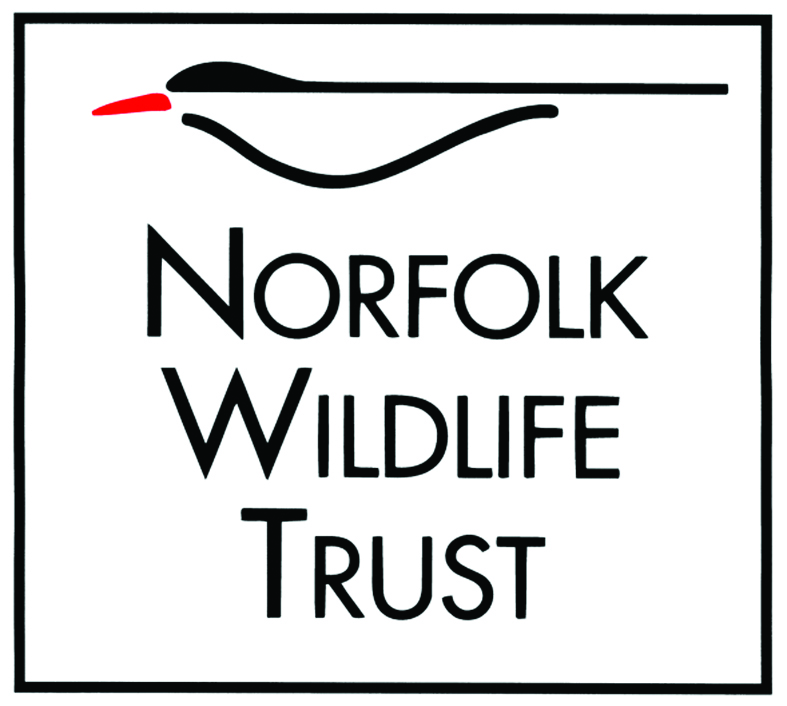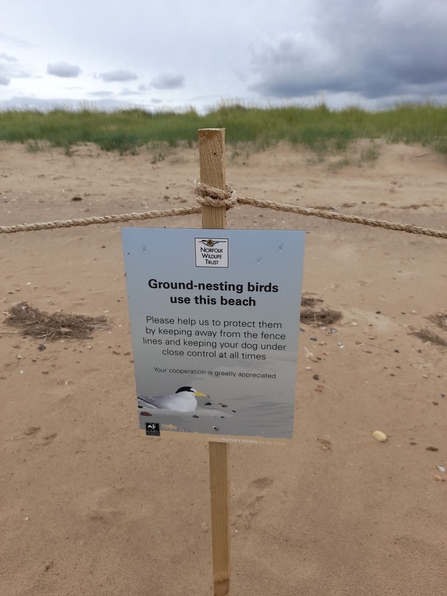With its open and dynamic coastal landscape, Norfolk is a desirable destination whatever the time of year. In the summer particularly, swaths of people flock to the beaches and surrounding spots to enjoy the unique features that the county has to offer. Holme, while quieter than other beaches along the stretch of North Norfolk’s Area of Outstanding Natural Beauty, can still get very busy on a hot sunny day, which can sometimes ruffle a few feathers with the local residents.
These residents are some of England’s most threatened birds, including ringed plover, oystercatcher and little tern, all of which nest on the ground. Official nesting season runs from 1st March to 31st August (though of course many birds start nesting before and after these dates), making Holme Dunes a vital stronghold over the spring and summer. As more and more of these protected species settle down to have their young and fledglings begin to explore the area, it is crucial that visitors are aware of their presence and are respectful towards their co-residents.
These birds face a number of challenges during their time on the Norfolk coast from rising sea levels and bad weather to predators such as gulls, birds of prey, foxes and stoats. Birds such as kestrels may also take the young fledglings – and that’s all before potential human disturbance. Indeed, because the nesting birds, eggs and young chicks are camouflaged, it can be very difficult to spot them. This can lead to visitors (and their dogs) unintentionally treading on a nest without even realising they have done so.
“We have sadly seen a dramatic decline in numbers of these beautiful birds,” says Rachael Murray, PR and Communications Manager for Norfolk Wildlife Trust. “In the case of ringed plovers, the population in Norfolk has declined by a shocking 79% over the last 35 years, with just 123 pairs recorded in 2018.




